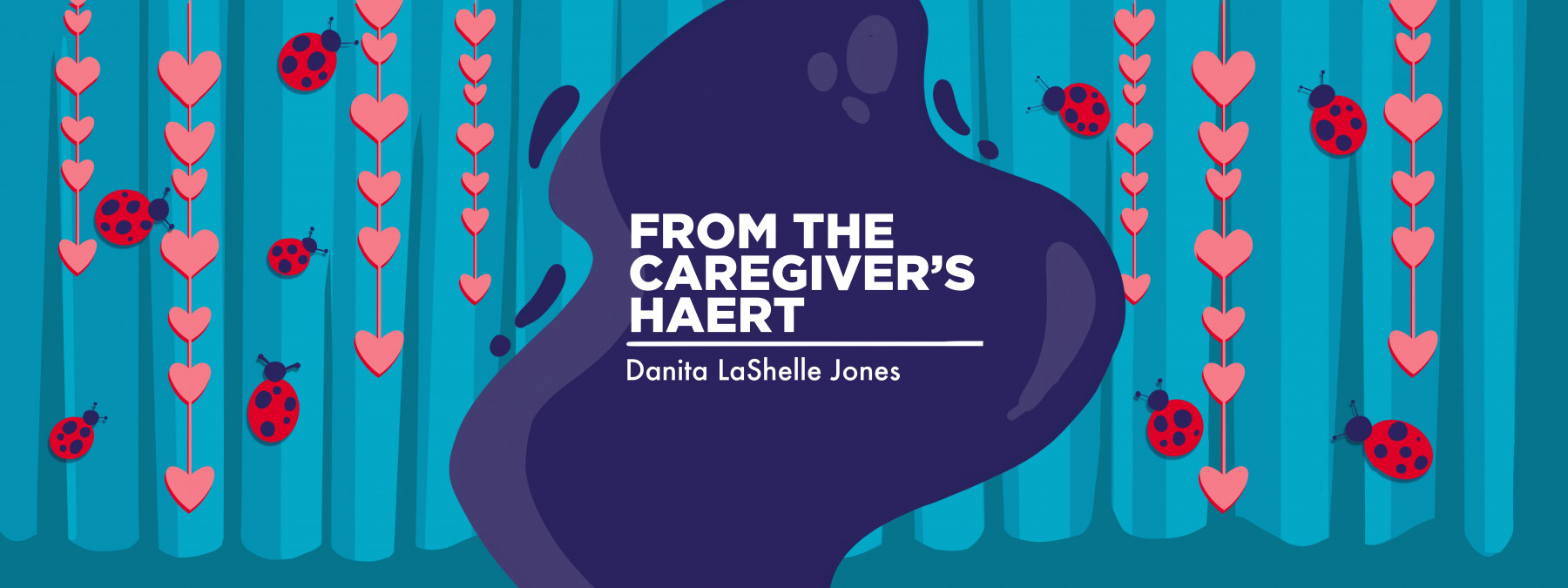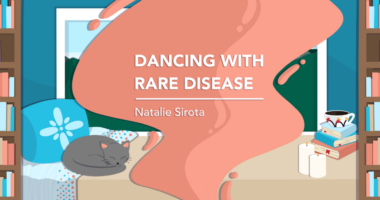Disease types, like skin hue, can all belong within a spectrum
How an old lesson from my great-grandfather helps frame our life with HAE

It was one of the most beautiful and respectful corrections I’d ever seen as a child.
The details are fuzzy because it happened over 35 years ago, and I don’t remember the circumstances of the moment. What I do remember is that an older woman, somewhat familiar with my family, approached me and my mother and spent several moments raving about how much my mother and I looked alike.
In truth, I look like my dad. We share the same nose, eye shape, ear shape, and size. We often have the same facial expressions, and if you’re around us long enough, we have the same mannerisms. We even both wear glasses.
About the only thing my dad and I don’t have in common is hue. I’m brown-skinned, like my mother, and my father has a lighter tone, much like my sister. In an interesting twist, my sister looks like my mom.
In the African American community, it’s not uncommon for immediate family members to be different shades of brown. While this can be a point of contention for some, my parents made it their business to ensure that all hues were celebrated in our house.
But often, when we’d go out in public, many people would say how much I looked like my mom, and this particular time wasn’t any different.
“You think so?” my mom asked.
“Oh, sure,” the person replied. “She’s your spitting image.”
My mother smiled. “You’re saying that because we’re the same hue,” my mother gently corrected. “She looks like her dad.”
As I got older, I realized what my mother was doing. With her looking like my sister, who was lighter, and me looking like my father, who was lighter, she ensured that people knew we were all in the same family.
Growing up in the American South, my mother was no stranger to this. Because she was raised by her grandfather, a dark-skinned Black man, and her grandmother, a woman with gray eyes who could pass for white, my mother came from a family with members who were every possible shade of brown.
My grandfather, to ensure that all of his children and grandchildren felt welcome and at home, had a famous saying: “Our people come in all shades, from midnight to moonlight. But we’re still family.”
It was a beautiful way of acknowledging that while we may not all be the same shade of brown, we still belonged to the same family.
Shades of the human condition
There’s a great lesson about hereditary angioedema (HAE) in this saying.
When our oldest daughter, whom we lovingly call Ladybug, was diagnosed with HAE, we grappled for a moment with how alone we felt.
HAE can be isolating, with its flares, maintenance medications, emergency infusions, confusing emergency room visits, and lengthy hospital stays. To add what seemed like a further complication, Ladybug was diagnosed with HAE type 3, one of the rarer types of this disease. And while we made it our business to make sure she didn’t feel singled out because we weren’t connected to the community yet, we all felt alienated and alone.
Then something beautiful happened. Our family began to connect with other HAE communities. I started attending workshops and conferences, where I met other caregivers and HAE patients. We encountered doctors from all over the world, TikToks of amazing HAE influencers, and support groups of people who knew what we were going through. And while we rarely ran into a person who had Ladybug’s specific HAE type, everyone in this community knew what we were going through.
That’s the beauty of a rare disease journey: While one person’s disease may not look exactly like another person’s, it still makes them part of a unique family.
Note: Angioedema News is strictly a news and information website about the disease. It does not provide medical advice, diagnosis, or treatment. This content is not intended to be a substitute for professional medical advice, diagnosis, or treatment. Always seek the advice of your physician or other qualified health provider with any questions you may have regarding a medical condition. Never disregard professional medical advice or delay in seeking it because of something you have read on this website. The opinions expressed in this column are not those of Angioedema News or its parent company, Bionews, and are intended to spark discussion about issues pertaining to angioedema.







Charlaine Martin
Very beautifully written! Thank you for this wonderful article.